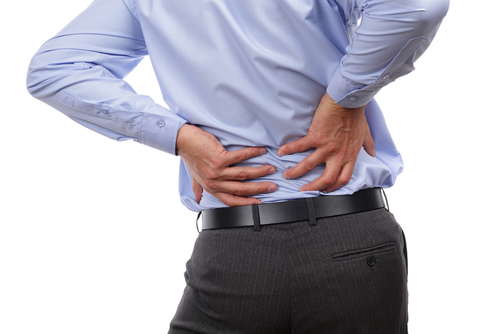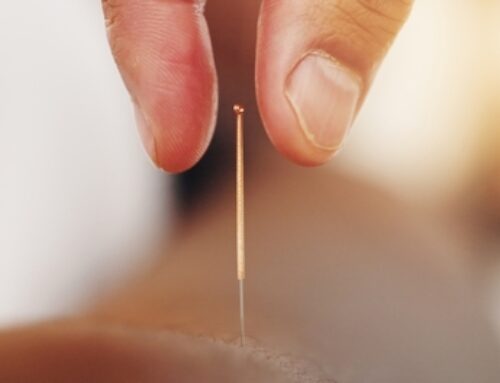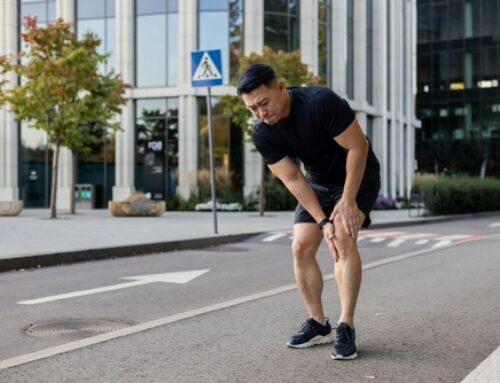Last year alone, 86 million dollars were spent treating back pain. The past decade has seen a steep rise in treatment costs with little improvement in public health to show for it. The majority of this increase is due to the rising costs of drugs, preventable surgeries, and unnecessary diagnostic imaging. Many of these areas of increased cost could be reduced if we would simply focus on educating the public and healthcare providers. Eliminating the myths surrounding cause and prevention of low back pain has been a mission of
Myth #1: Back Injuries Are Rare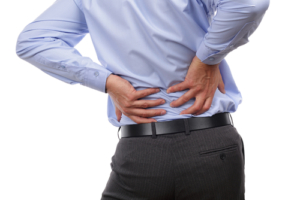
The truth is that back injuries are common and that most people will suffer from a significant back injury in their lifetime. Statistically, you are more likely to have a low back episode between the ages of 35-55 years old. 100 million Americans will have back pain this year, but you can minimize your risk by avoiding injurious repetitive activities, sedentary postures, increasing your core fitness, and by seeing your chiropractor.
Myth #2: You Need A Flexible Back
According to University of Waterloo’s Dr. Stuart McGill, those with a more flexible back are more likely to suffer a back injury than those with a sufficiently stiff back. Dr. McGill uses the analogy of a bridge to describe the proper amount of back stiffness. If the bridge is too stiff weather and wind will cause it to crumble. If the bridge is too flexible (i.e. a swinging bridge) it cannot hold load and it will break apart. Likewise, the back needs some flexibility but stiffness is preferred. Where we need to be more mobile is in the hips, knees, and ankles. Flexibility in these joints with an appropriately stiff back will be your best bet to prevent back injuries.
Myth #3: You Need A Strong Back
We all envision people hurting their backs while picking up a heavy box. The truth is that most people don’t hurt their back with one heavy box but rather 100 light boxes. Endurance, when it comes to back fitness, is much more important than raw strength. Repetitive motions of light load are far more likely to injure your back than a one-time event. A back fitness program should be used to safely improve your low back endurance. Be sure to check out our video on how to improve your low back endurance.
Myth #4: Bend With Your Knees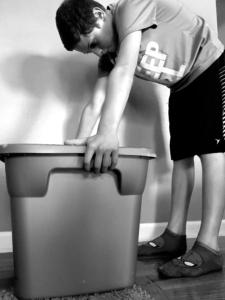
Proper lifting mechanics rely upon lifting with your hips, not your knees. Bending your knees while lifting
will create knee arthritis as you overload the patella tendon during the lift, pushing the patella into the femur. After many repetitive movements the overloading will wear down the cartilage pad under the patella leading to the most common type of osteoarthritis of the knee.
Myth #5: Suck In Your Belly To Enhance Your Core
Many fitness instructors will teach you to pull the belly to the spine or to suck in the belly to improve core stabilization of the back. This has been proven many times to do just the opposite and can actually weaken the spine to a point of greater likelihood of injury. Do not suck the belly in but rather push the belly away from the spine to brace the abdominal muscles and maximize stabilization of the lumbar spine. Pretend you are about to be punched in the stomach or perform a pushup and feel what the abdominal muscles do. Replicate this anytime you are lifting, going from sit to stand, or otherwise need to increase lumbar stability.
Myth #6: Crunches and Sit-ups Improve Your Back Fitness
Six-pack abs are not a sign of a healthy back. Abdominal muscles are necessary for core stability, but the crunch and sit-up movements create too much flexion in your lumbar spine and train the hip flexors and rectus abdominus to become shortened and fibrotic. This is the perfect combination to create chronic low back and hip pain. In time, the repetitive lumbar flexion will cause the nucleus of the lumbar spine disc to bulge through the disc’s annular rings. This can cause sciatica or other nerve entrapments, creating pain and disability. Instead of over-developing these muscles, create better balance in the core, and avoid the repetitive bending by performing the pot-stirrer, push-ups, curl-up, and side bridge exercises explained in our video noted above.
Myth #7: A Disc Bulge On MRI Means Surgery Is Needed
The truth is that a disc bulge or degenerative arthritis seen on any advanced imaging study could be seen as normal. Why is this? Because your likelihood of having a disc bulge on MRI or degenerative arthritis on x-ray or CT scan is equal to your age. For example, if you are 60 years old, you have a 60% chance of having the signs of wear and tear during an imaging study. But less than 15% of this age group will have low back pain created by these conditions. Most often a course of conservative care including chiropractic care, muscle manipulation, and rehabilitative exercises will reduce/remove the pain condition. The imaging will still show the physical signs of the years of use but surgery is prevented.
Myth#8: You Just Have To Live With It
Most low back conditions are fixable and preventable. We often call low back pain “mechanical low back pain,” because it is just that, it is mechanical. This implies that if you know the mechanism that creates the injury, you should be able to recognize the risk factors and prevent back pain in the future. Consult with your chiropractor about what lifestyle factors could be contributing to your mechanical low back pain. Then watch and perform the exercises from the video listed above or check out our other videos on low back and hip pain that are posted on our CoreRoanoke page on YouTube.
Last, but surely not least, prevent the next low back episode by keeping your regular adjustment schedule. This will help ensure that your spine is mechanically working soundly.
Come Join Us!!!
Our free “Low Back Pain” class is
Tuesday August 16th @ 6pm
Please register yourself and a friend before the class is full!
Call our Core, Roanoke office at 1-540-344-1055 or stop by for more information.

Dr. Daryl Rich, DC, CSCS

